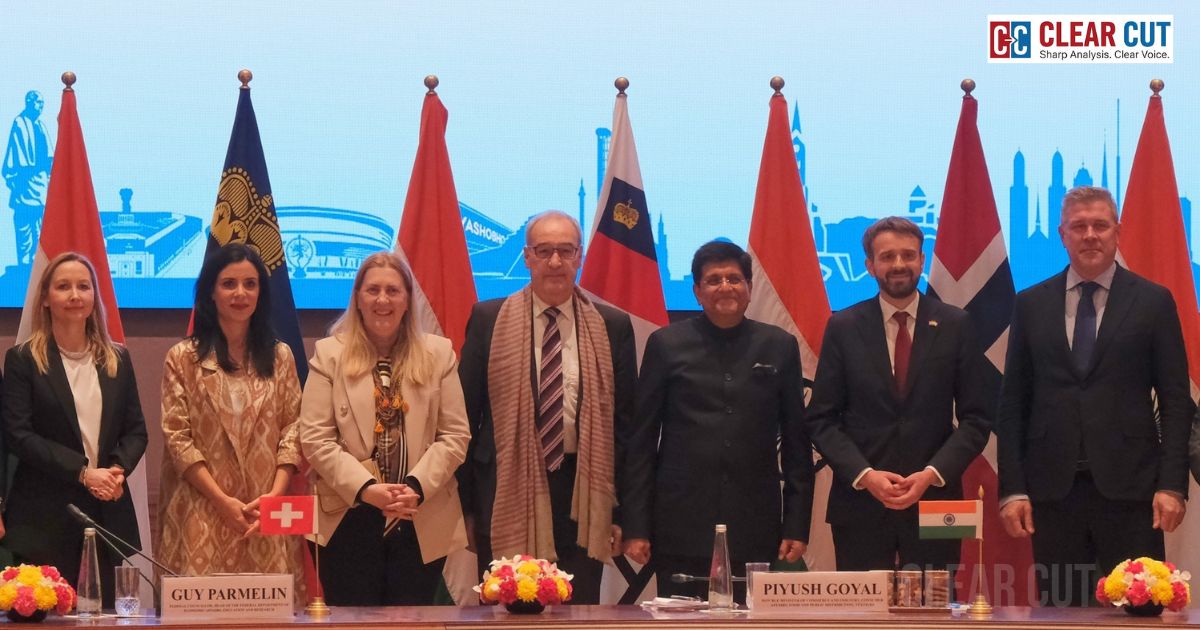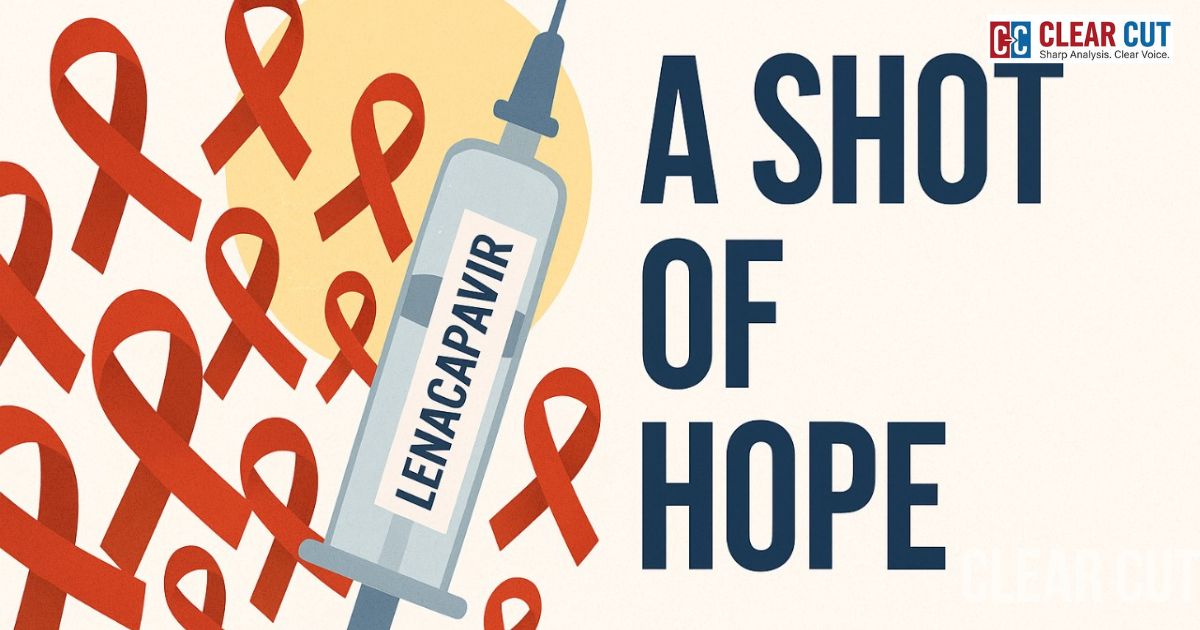Photo Credit: Parinita Mathur
Clear Cut Health Desk
New Delhi, UPDATED: Sep 23, 2025 03:45 IST
Written By: Raag
New York, 23 September 2025 — At this year’s Goalkeepers event in New York, hosted by the Bill & Melinda Gates Foundation, the conversation turned from celebration to alarm. For two decades the world has steadily reduced child mortality, expanded vaccine access, and fought diseases that once seemed unstoppable. Yet now, when science has made more breakthroughs than ever before, the lifeline of international health funding is shrinking. Development assistance for health has fallen by more than 21% in just one year, reaching its lowest level in 15 years. For millions of children, this decline is not a statistic but a sentence.
Against this backdrop, the Gates Foundation announced a new pledge of $912 million to the Global Fund. The money will support the 2026-2028 cycle of programs aimed at ending AIDS, tuberculosis, and malaria. Since 2002 the Global Fund has helped save more than 70 million lives and cut deaths from those diseases by more than 60%. It remains one of the most effective vehicles for health financing, delivering not only survival but also economic return. Every dollar invested is estimated to generate $19 in broader health and economic value. With this new commitment, the foundation’s total contribution to the Global Fund approaches $4.9 billion.
Bill Gates was specific in his remarks. He described the present as a crossroads where the choices of leaders will decide whether millions of children live healthy lives or perish from causes that the world already knows how to prevent. It is not a question of science or capacity, but of political will and financial priority.
The pledge is significant not only for its size but also for the vision it carries. Gates outlined 3 priorities for the years ahead:
• Governments and donors must continue supporting institutions that have already proven effective, such as the Global Fund and Gavi, the Vaccine Alliance.
• Health systems need to be strengthened at the primary care level. This means clinics that can diagnose and treat illness early, supply chains that deliver medicines reliably, and frontline workers who are trained and equipped.
• Innovation must be embraced and accelerated. Long-acting HIV prevention, next-generation malaria tools, and vaccines against infant respiratory infections are no longer distant dreams. Artificial intelligence and new models of drug delivery are opening doors to more equitable health systems.
The social implications of this pledge stretch far beyond hospitals and clinics. Health is a foundation for every aspect of development. When children survive and thrive, education systems gain students, economies gain workers, and societies gain resilience. When mothers can access vaccines that protect themselves and their babies, entire households are lifted from the cycle of illness and debt. Stronger health systems create a buffer against crises, whether from pandemics, climate shocks, or economic downturns.
Yet challenges remain daunting. Too many low-income countries still depend heavily on foreign aid for basic health needs. Without investment in local leadership, community health workers, and sustainable financing, progress risks being temporary. True social development requires not only external support but also local ownership. The Goalkeepers event placed a spotlight on individuals who embody this principle. Youth advocates pushing for sexual and reproductive health rights, community leaders designing new models of care, and storytellers using digital platforms to give visibility to neglected issues all underscored the fact that solutions must rise from within as much as they come from abroad. Their work demonstrates that global solidarity is most powerful when it empowers local agency.
The pledge of $912 million is therefore both a financial act and a moral statement. It tells the world that turning away from global health at this moment would not only undo decades of progress but also betray a generation of children whose futures are at stake. The diseases that once defined poverty and despair are no longer unbeatable. They can be controlled and even eradicated if support continues.
The choice now lies with governments, multilateral institutions, and societies everywhere. Will they see health as a shared responsibility or as an expendable line in a budget? The answer will shape what the year 2045 looks like: either a world where preventable child deaths are rare, or one where preventable suffering remains common and accepted.
What happened at Goalkeepers 2025 should be remembered not only as a pledge of dollars but as a call to conscience. The path to a healthier, more equitable world is clear, and the tools exist. What remains is the decision to walk that path with urgency and commitment. The future of millions of children will be written by whether the world chooses action or apathy.




